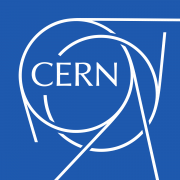The paper “PSTR: Per-title encoding using Spatio-Temporal Resolutions” has been accepted for publication at the IEEE International Conference on Multimedia and Expo (ICME) 2021 at July 5-9, 2021 Shenzhen, China.
Authors: Hadi Amirpour (Alpen-Adria-Universität Klagenfurt), Christian Timmerer (Alpen-Adria-Universität Klagenfurt, Bitmovin), and Mohammad Ghanbari (School of Computer Science and Electronic Engineering, University of Essex, Colchester, UK)
Abstract: Current per-title encoding schemes encode the same video content (or snippets/subsets thereof) at various bitrates and spatial resolutions to find an optimal bitrate ladder for each video content. Compared to traditional approaches, in which a predefined, content-agnostic (“fit-to-all”) encoding ladder is applied to all video contents, per-title encoding can result in (i) a significant decrease of storage and delivery costs and (ii) an increase in the Quality of Experience. In the current per-title encoding schemes, the bitrate ladder is optimized using only spatial resolutions, while we argue that with the emergence of high framerate videos, this principle can be extended to temporal resolutions as well. In this paper, we improve the per-title encoding for each content using spatio-temporal resolutions. Experimental results show that our proposed approach doubles the performance of bitrate saving by considering both temporal and spatial resolutions compared to considering only spatial resolutions.
Keywords: Bitrate ladder, per-title encoding, framerate, spatial resolution.
IEEE International Conference on Multimedia and Expo (ICME) , 5-9 July 2021, Shenzhen, China









 We are happy and proud to see Bitmovin among the
We are happy and proud to see Bitmovin among the 

